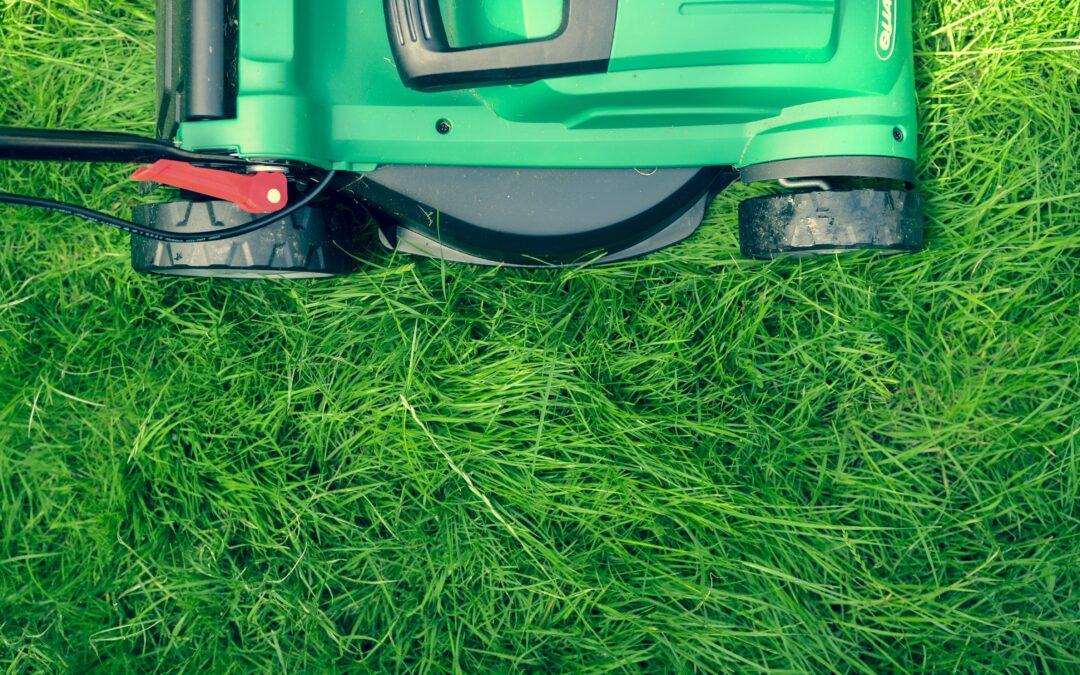Your lawn is highly sensitive to the changing seasons. Plants are vulnerable to temperature changes and varying weather conditions. To keep your vegetation healthy and flourishing, you need to follow the best lawn care practices. Where do you start? MowTown Blades has shared a guide about 4 seasons lawn care.
The advice and tips we’ll discuss go beyond just knowing when to plant and what equipment to use. We’ll dive in-depth into the best methodologies and equipment to use, especially when it comes to mower blades. Read on and start applying the instructions our experts have shared.
Lawn Care for Spring
Spring is a crucial time for plant growth, so it’s first on our list. The weather is also more finicky, especially during the first few weeks. Bouts of frost can come in between warm weather. These unpredictable temperature variations can wreak havoc on emerging grass, so for spring lawn care, keep the following in mind.
- Preparing your lawn for the growing season requires aerating the soil after being compacted and frozen.
- Remove thatching for better distribution of fertilizer. The fertilizer should have high nitrogen content. This nutrient is the key to ensuring healthy grass growth.
- You can prevent weeds from growing as summer arrives by applying herbicides as early as now.
Lawn Care for Summer
Summer is the time for growth. This time around, your focus should be fighting off plant stressors and maintaining their vitality. Here’s what you can do.
- It goes without saying that watering is essential during this time, especially in areas without good irrigation. With regular watering, you can encourage root growth. Make sure to do it during the early morning or late evening. The cooler temperatures help reduce evaporation.
- Keep grass height high. This adds additional shade to the soil, preventing water loss.
- Many worms and harmful insects emerge during this time. Have environmentally friendly pesticides to keep them away.
Lawn Care for Fall
As temperatures come down again, your plants will start to prepare for winter. Grass, annual plants, and other vegetation will enter a transitional state. To ensure that they are well prepared for winter, follow these tips.
- Fall is a great time for overseeding. This is when you add grass seeds to bare patches, helping ensure dense grass cover. As winter comes, the seeds will germinate. Come springtime, they will emerge healthy and lush.
- Make sure to remove fallen leaves as these could suffocate your grass.
- Our final tip is to leave the grass height low. When the snow comes, the grass won’t get matted under the weight.
Lawn Care for Winter
Winter may seem like a dormant stage. However, there are still a few things you can do to prepare for the coming spring.
- Prevent the growth of snow mold by removing snow regularly. This practice is particularly essential when the soil hasn’t frozen over and you receive heavy snowfall.
- Any areas or items with leftover debris — such as children’s toys or large twigs — could become dead spots. Make sure to clean up and remove these items to ensure uniform growth.
- Winter is the best time for lawn equipment maintenance. You won’t be using them as much, so make sure to tune up your mower, mower blades, shears, and other tools.
The Effects of Weather Conditions on Your Mower
Mowers — especially the blades — are affected by the weather, so it’s not just your plants that you have to think about. When choosing which blades to use, make sure that you get one that can resist the effects of the specific season.
- During summer, the heat could overwork your lawn mower’s engine. We recommend mowing for short intervals to avoid this issue. In addition, you should mow when temperatures are cooler.
- Fall presents another set of issues — the presence of fallen leaves and twigs. These could dull your mower blades faster. Make sure to clear the debris away to maintain sharp blades.
- You’ll also want to pay attention to rainy weather. In general, we do not recommend mowing during heavy rainfall or immediately after. The wet grass could clump, which could result in uneven height. In addition, the moisture could cause the blades to rust.
Ideal Mower Types for Use in Specific Seasons
MowTown Blades is your source for sharp, high-grade mower blades that have long lifespans. We have blades designed for 4 seasons lawn care. We know our products and the best applications for each type. Here are our recommendations for every season.
Warm Seasons: Low Lift Lawn Mower Blades
Late spring and summer are warm seasons, and grass is generally short and dry. Low-lift blades are ideal for this scenario. These create less airflow, resulting in less dust or soil being disturbed. The inward design of each blade also ensures a uniform trim.
Wet and Cool Seasons: High Lift Lawn Mower Blades
When grass receives more water, the higher it grows. You’ll typically see taller grass during late summer, fall, and early winter. The ideal blade for this scenario is a high-lift blade. These have an exaggerated fin that provides more lift. You’ll have an easier time cutting the long grass. There’s also a stronger airflow, allowing the mower to discharge clipped leaves while avoiding clumps.
Fall Season: Mulching Blades
As we mentioned, debris is common during fall. Twigs, sturdy leaves, and nuts can dull blades, especially if you don’t use the right kind. Make sure to install Mulching blades to avoid this issue. These blades have serrated edges that help in mulching leaves. The design also provides clean cuts and creates a strong discharge. These features allow you to spread mulched leaves across your lawn.
Final Thoughts on 4 Seasons Lawn Care
Lawn care is an all-year task, but it doesn’t have to be difficult. Make sure that you’re following the best practices we shared to maintain a lush and thriving lawn. If you’re looking for top-of-the-line mower blades for use in various seasons, check out our catalog!
FAQs
Do I Have to Take Care of My Lawn During Winter?
Aside from removing heavy snow cover, you can add fertilizer during early and late winter to increase nutrients in your soil.
What Kind of Blades Are Best for the Fall Season?
We recommend using Mulching blades since they can mulch leaves and withstand hard plant debris.
Should I Use Different Blades According to the Season?
Yes, we highly recommend it. Low-lift blades are ideal for dry and hot seasons. On the other hand, high-lift, and Gator blades shine during wet and cold months.

